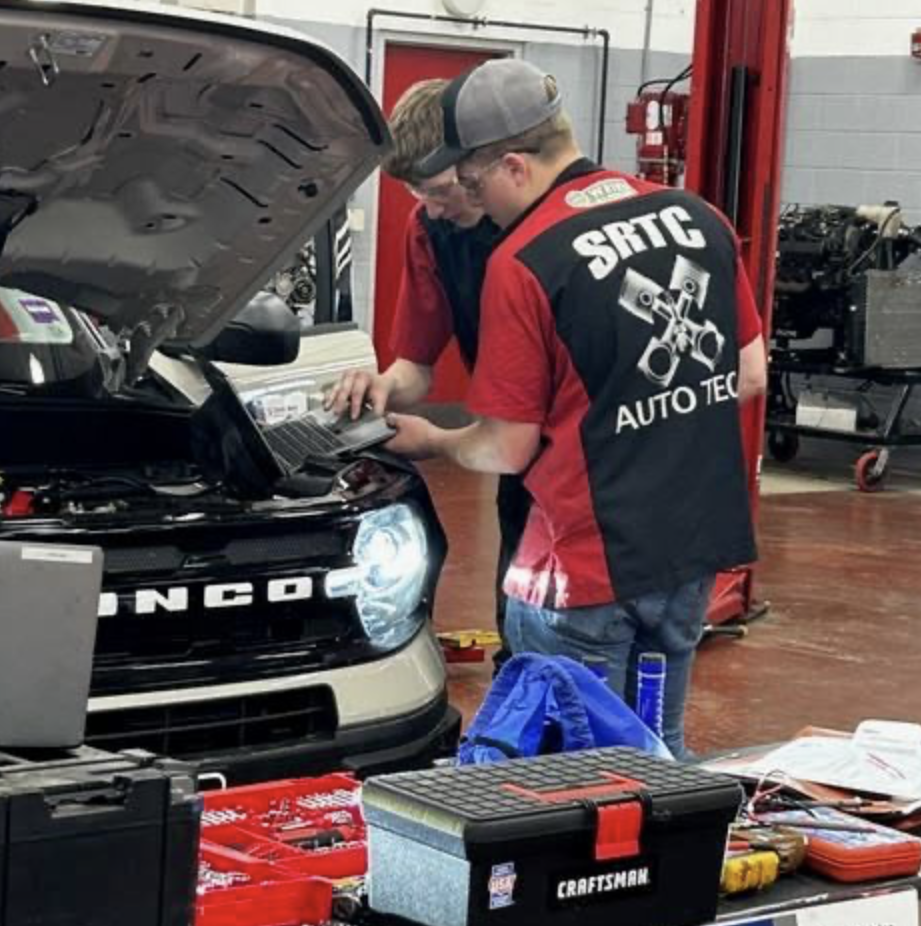Throughout the school year, local business owners, managers, and industry professionals walk through the doors at Sanford Regional Technical Center—not as customers or inspectors, but as partners in education. They sit down with instructors, tour classrooms, and sometimes even meet with students. They're members of SRTC's program advisory committees, and they're helping shape what students learn.
Every program at SRTC has one of these committees. SRTC Director Matt Petermann explains that they "provide us with relevant information about what happens in that particular industry in regards to technology, equipment, and workforce demands. Without these positive connections to our community and industry, our students would leave us and be at a disadvantage. These committees help keep our programs relevant and ensure that our students are receiving the best education they can get."
The meetings focus on practical matters. Rich Couture, SRTC's Automotive Technology instructor, describes the committees as building "a strong connection with local business owners, managers, hiring personnel as well as parents of current and former students."
These meetings create transparency about what's happening in the classroom—from the specific skills being taught to the operating budgets and the technology students are using. When industries change, the committees help instructors adjust. "It helps us shape our classes for new technologies and equipment being used so that we can stay current with what is trending now in our respective industries," Couture explains.
Sometimes these conversations lead to concrete solutions. Brett Staples, Service Manager at Marc Motors in Sanford and a member of the Automotive program's advisory committee, notes that the advisory gives businesses a chance to "find out if any tools or equipment are needed in order to efficiently teach these students." When committees identify gaps, they can help programs secure what they need to keep up with industry standards.
The student benefits go beyond updated curriculum. Couture sometimes invites students to attend advisory committee meetings. "On more than one occasion, I've had students leave the meeting with job interviews lined up," he shares. It's a direct pipeline from classroom to career. "Employers are realizing that to build their business with strong employees, SRTC may be a good option to find fresh new and upcoming talent," Couture says.
For Staples, the commitment is straightforward: "These students are the future of our business. Without the younger people coming into the trade, there wouldn't be anyone to replace the seasoned techs as they retire."

